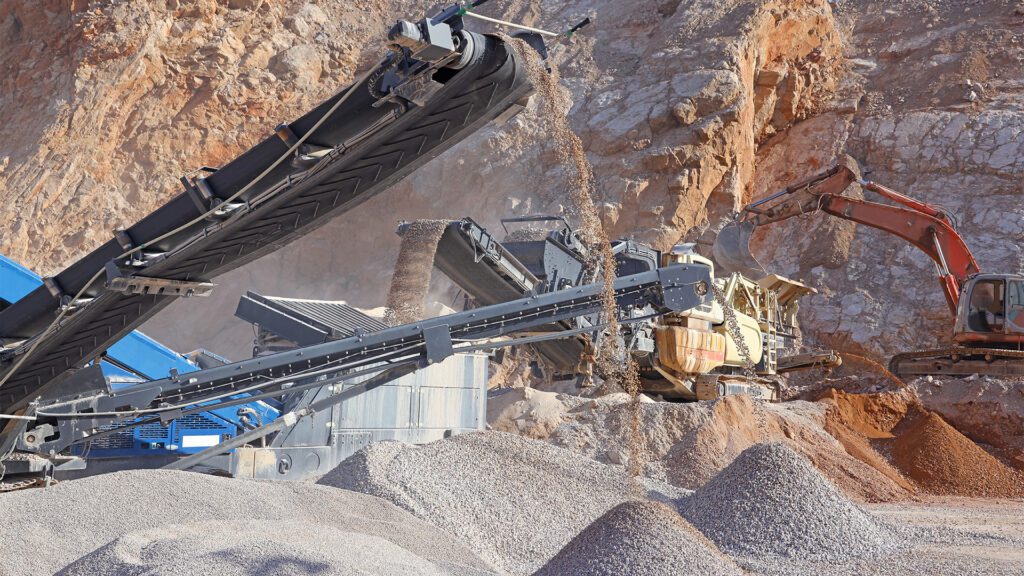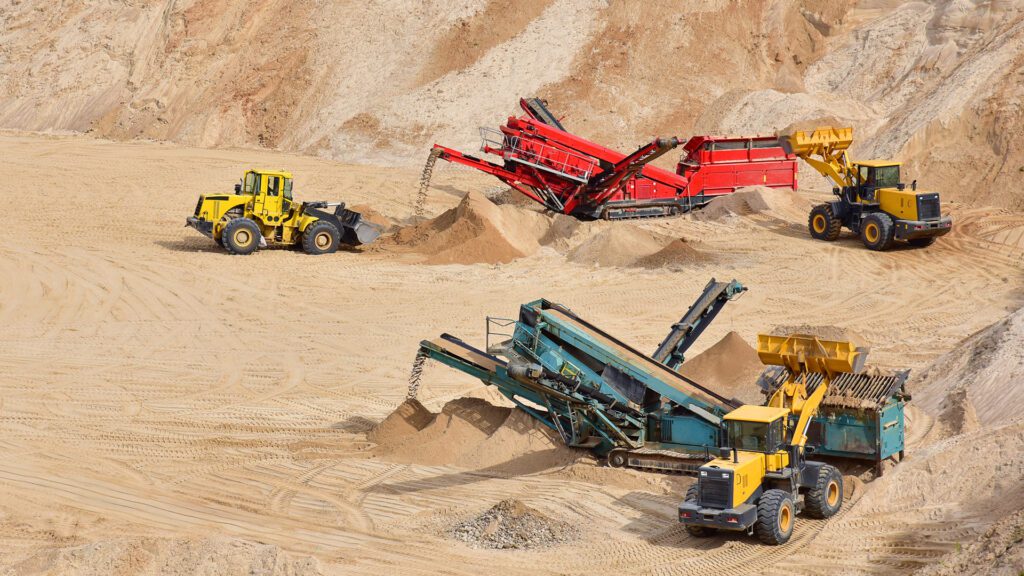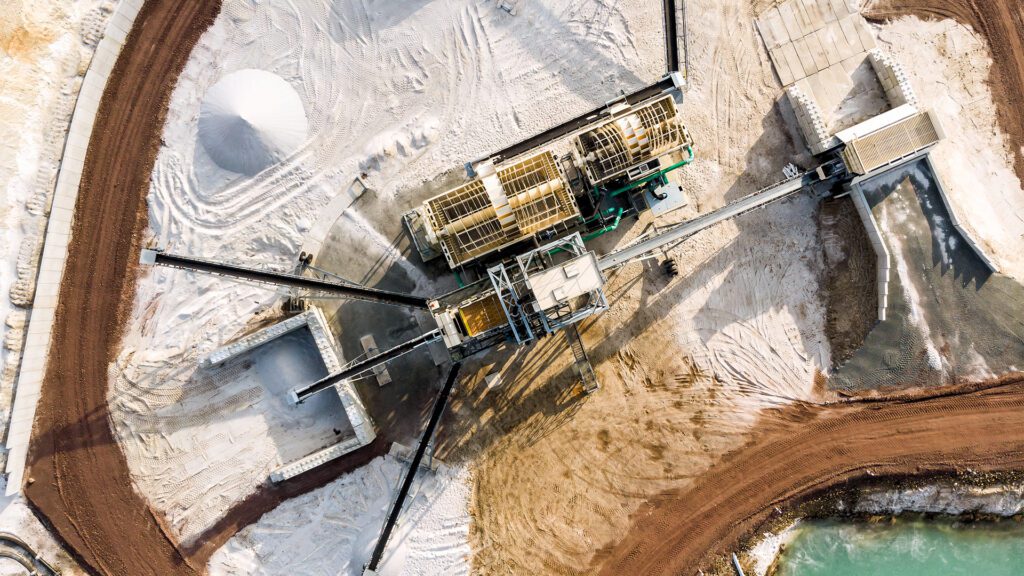
Sand pumps are crucial in efficiently handling abrasive materials in industries ranging from mining and construction to wastewater management. Choosing the right sand pump ensures operational efficiency and longevity and minimizes maintenance costs. This comprehensive guide aims to help you navigate the complexities of selecting the best sand pump for your specific needs.
Understanding Sand Pumps
Definition and Types of Sand Pumps
Sand pumps are specialized pumps that transport sand, gravel, and other abrasive materials. They are engineered to withstand the wear and tear caused by such materials, ensuring longevity and reliability. Common types of sand pumps include centrifugal pumps, submersible pumps, and slurry pumps, each designed for specific applications and environments. In some cases, a grit pump can also be used, especially in scenarios requiring robust handling of coarse materials.
Typical Applications and Industries Using Sand Pumps
Sand pumps are widely used in mining, construction, dredging, and wastewater management industries. In mining, they transport slurry and sediment; in construction, they help move concrete and other heavy materials. In dredging operations, sand pumps remove sediment from waterways, and in wastewater management, they handle sludge and other waste materials. Grit pumps are similarly employed in these industries, particularly where sand mixed with other abrasive materials needs to be pumped.
Benefits of Using Sand Pumps for Material Handling
Using sand pumps offers several benefits, including increased efficiency in material handling, reduced labor costs, and enhanced operational safety. These pumps are designed to handle abrasive materials, reducing the risk of equipment damage and downtime. Additionally, sand pumps improve the accuracy and speed of material transport, leading to more streamlined operations. Grit pumps provide similar advantages, especially when the material being moved contains a high concentration of coarse particles.
Key Factors to Consider When Choosing a Sand Pump
Material Compatibility and Pump Construction
One of the most critical factors in selecting a sand pump is ensuring it is compatible with the materials you will be handling. The pump’s construction materials should resist abrasion and corrosion to prolong its lifespan. Stainless steel and high-chrome alloys are commonly used for their durability and resistance to wear. Sometimes, a grit pump may be more advantageous due to its enhanced ability to handle coarse materials.
When considering material compatibility, evaluating the pumped materials’ pH levels, temperature, and specific gravity is essential. For instance, highly acidic or alkaline materials require pumps with specialized coatings to prevent corrosion. Understanding the materials’ properties will help select the appropriate pump construction that ensures durability and efficiency.
Flow Rate and Pump Capacity
The flow rate and capacity of the pump are essential considerations. It would help if you had a sand pump that can handle the volume of material you are moving efficiently. Evaluate the pump’s maximum flow rate and ensure it meets your project’s requirements without causing excessive wear or reducing performance. Grit pumps, known for their ability to pump sand and other coarse materials, are designed to handle high flow rates effectively.
Flow rate, typically measured in gallons per minute (GPM) or liters per second (L/s), indicates how much material the pump can move within a specified time frame. High flow rates are crucial for projects requiring rapid material movement, while lower flow rates may be sufficient for smaller-scale operations. Matching the pump’s capacity with your project’s demands ensures optimal performance and prevents operational bottlenecks.
Pump Power and Efficiency
The power of the sand pump should match the demands of your application. Overpowered pumps can lead to energy waste, while underpowered pumps may need to handle the material more effectively. Look for energy-efficient models that provide adequate power without unnecessary energy consumption. Some grit pumps are designed with high-efficiency motors, making them suitable for energy-conscious operations.
Pump efficiency is measured by the pump’s hydraulic power output ratio to the electrical power input. High-efficiency sand pumps reduce operational costs by minimizing energy consumption while maintaining high performance. To achieve a balance between power and efficiency, consider pumps with advanced motor technologies and energy-saving features.
Durability and Maintenance Requirements
Durability is a key factor, especially when dealing with abrasive materials. Consider the pump’s design and the quality of its components. Additionally, assess the maintenance requirements—pumps that are easy to service and have readily available replacement parts can save time and reduce operational costs. Grit pumps are often chosen for their durability in handling coarse and abrasive materials, leading to lower maintenance needs.
Regular maintenance is crucial for ensuring the longevity of sand pumps. Look for pumps with accessible components and clear maintenance guidelines. Pumps designed with wear-resistant materials and replaceable liners can significantly extend the equipment’s lifespan, reducing downtime and maintenance expenses.
Types of Sand Pumps
-
Centrifugal Sand Pumps
Centrifugal sand pumps are commonly used to handle high volumes of slurry and sand. They use a rotating impeller to generate centrifugal force, pushing the material through the pump. These pumps are known for their efficiency and reliability in various applications.
Pros: It is highly efficient, suitable for large volumes, and durable.
Cons: It can be bulky and require more maintenance in harsh conditions.
Centrifugal sand pumps are ideal for large-scale projects where high flow rates are essential. They are commonly used in mining operations, dredging, and construction sites for moving substantial volumes of sand and slurry. The design of these pumps allows for continuous operation, making them suitable for demanding environments.
-
Submersible Sand Pumps
Submersible sand pumps are designed to operate while submerged in the material they are pumping. They are ideal for applications where the pump must be placed directly in the slurry or sediment, such as in dredging or mining operations.
Pros: It can handle high solids content, is versatile in different environments, and is easy to install.
Cons: It can be more challenging to maintain and has a higher initial cost.
Submersible sand pumps are advantageous when the pump needs to be placed underwater or in a pit. They are often used in dredging projects, wastewater treatment plants, and mining operations. The ability to operate submerged reduces the need for priming and allows for efficient pumping of high-density materials.
-
Slurry Pumps
Slurry pumps are designed to handle mixtures of water and solids, making them ideal for transporting slurry and sand. These pumps are robust and can handle abrasive materials without significant wear.
Pros: Highly durable, designed for abrasive materials, versatile.
Cons: It can be expensive and may require specialized maintenance.
Slurry pumps are commonly used in mining, mineral processing, and construction industries. Their robust design allows them to handle thick, abrasive slurries, making them suitable for transporting various materials, including sand, gravel, and ore. The pumps’ wear-resistant components ensure longevity and reduce the frequency of maintenance.
Comparing Top Sand Pump Models
Model 1: Centrifugal Sand Pump
The centrifugal sand pump is renowned for its high efficiency and robust design. It features a high-chrome impeller and casing, making it ideal for abrasive applications.
- Performance Metrics: High flow rate, energy efficiency, low maintenance.
- User Reviews: Rated highly for durability and performance.
- Price: Competitive, offering good value for money.
The centrifugal sand pump is popular for mining and construction projects. Its high-chrome construction ensures durability, and its efficient design minimizes energy consumption. Users have praised its performance and reliability, making it a cost-effective option for handling abrasive materials.
Model 2: Submersible Sand Pump
The submersible sand pump is made of stainless steel and has a powerful motor. It is designed for heavy-duty dredging and mining operations.
- Performance Metrics: Excellent solids handling, reliable in harsh conditions.
- User Reviews: Praised for its versatility and ease of installation.
- Price: Higher initial cost, but justified by its performance and durability.
The submersible sand pump is favored for its ability to handle high solids content and operate in challenging environments. Its stainless steel construction ensures corrosion resistance, and its powerful motor provides the necessary force for efficient pumping. Although it has a higher initial cost, its performance and durability offer long-term value.
Model 3: Slurry Pump
The slurry pump is a top choice for handling thick slurry and sand mixtures. Its design includes a heavy-duty impeller and wear-resistant materials.
- Performance Metrics: High capacity, low maintenance, durable.
- User Reviews: Users appreciate its reliability and low operational costs.
- Price: Mid-range, offering a balance between cost and performance.
The slurry pump is widely used in industries that require robust and reliable pumps for transporting abrasive materials. Its heavy-duty design and wear-resistant components ensure long-lasting performance, reducing the need for frequent maintenance. Users have noted its reliability and efficiency, making it a preferred choice for demanding applications.
Installation and Operational Tips
Best Practices for Installing Sand Pumps
Proper installation is crucial for the optimal performance of sand pumps. Ensure the sand pump is securely mounted and aligned to prevent vibration and wear. Use appropriate hoses and fittings to minimize resistance and avoid leaks. Similar installation practices should be followed for applications requiring a grit pump to ensure stability and efficiency.
Following the manufacturer’s guidelines is essential to ensure correct placement and alignment when installing a sand pump. Improper installation can lead to premature wear and decreased efficiency. Secure mounting and high-quality fittings help maintain the pump’s performance and prevent operational issues.
Tips for Optimizing Pump Performance
To maximize the efficiency of your sand pump, regularly check and maintain the impeller and other critical components. Adjust the pump speed to match the material flow rate and ensure the intake and discharge lines are clear of obstructions.
Optimizing pump performance involves regular inspections and maintenance. Cleaning the impeller and checking for signs of wear can prevent blockages and maintain efficient operation. Adjusting the pump speed to match the flow rate ensures it operates within its optimal range, reducing energy consumption and wear. Maintaining the same level of care for a grit pump will ensure it handles coarse materials effectively.
Common Operational Issues and Troubleshooting
Common issues with sand pumps include clogging, wear and tear, and reduced flow rates. Regularly inspect the pump for signs of wear and replace worn parts promptly. If you encounter clogging, check the intake for blockages and ensure the pumped material is within the pump’s capacity.
Operational issues such as clogging and wear can disrupt the efficiency of sand pumps. Regular inspections and prompt replacement of worn parts help maintain optimal performance. Addressing blockages and ensuring the material is within the pump’s capacity prevent operational interruptions and extend the pump’s lifespan. These practices are equally important for a grit pump to maintain its performance.
Maintenance and Longevity of Sand Pumps
Regular Maintenance Practices for Sand Pumps
Regular maintenance is key to extending the life of your sand pump. Perform routine inspections, clean the pump components, and replace worn parts as needed. Lubricate moving parts to reduce friction and prevent wear. Similar maintenance practices apply to grit pumps, ensuring their longevity and efficiency.
A regular maintenance schedule ensures that sand pumps operate efficiently and last longer. Routine inspections help identify potential issues before they become major problems. Cleaning components and lubricating moving parts reduce friction and wear, maintaining the pump’s performance.
How to Extend the Life of Your Sand Pump
To maximize the lifespan of your sand pump, use high-quality components and materials. Avoid overloading the pump and operate it within its specified limits. Implement a preventive maintenance schedule to address potential issues before they become major problems. These strategies are also effective for prolonging the life of a grit pump.
Using high-quality components and adhering to the pump’s operational limits are essential for extending its lifespan. Overloading the pump can lead to premature wear and reduced efficiency. A preventive maintenance schedule helps address potential issues early, ensuring the pump’s long-term performance.
Signs of Wear and When to Replace Parts
Reduced flow rates, increased vibration, and unusual noises are signs of wear in sand pumps. Inspect the pump for worn or damaged parts if you notice these symptoms. Replace impellers, seals, and other components to maintain optimal performance. Monitoring for similar signs in grit pumps ensures their efficient operation and longevity.
Monitoring for signs of wear helps prevent major operational issues. Reduced flow rates, increased vibration, and unusual noises indicate potential problems. Regular inspections and timely replacement of worn parts ensure that the pump operates efficiently and lasts longer.
Case Studies and Real-world Applications
Case Study 1: Mining Operation
In a large-scale mining operation, the centrifugal sand pump transported slurry from the extraction site to the processing plant. The pump’s high efficiency and durability minimized downtime and maintenance costs, increasing productivity. For specific applications requiring a grit pump, the choice was similarly effective in handling coarse material.
The centrifugal sand pump’s robust design and high efficiency make it ideal for the demanding conditions of mining operations. Its ability to handle large volumes of slurry without frequent maintenance reduced operational costs and increased overall productivity.
Case Study 2: Dredging Project
The submersible sand pump was deployed in a dredging project to remove sediment from a riverbed. Its robust design and ability to handle high solids content made it the ideal choice, ensuring smooth and efficient operations.
The submersible sand pump’s performance in the dredging project highlighted its versatility and durability. Its ability to operate submerged and handle high solids content ensured efficient sediment removal, reducing project timelines and costs.
Case Study 3: Construction Site
The slurry pump transported concrete and other materials to a construction site. Its reliability and low maintenance requirements allowed continuous operation, reducing project timelines and costs.
The slurry pump’s application in the construction project demonstrated its reliability and efficiency. Its robust design and low maintenance requirements enabled continuous operation, ensuring timely project completion and cost savings.
Conclusion
Choosing the right sand pump for your project is crucial for ensuring efficiency, reliability, and cost-effectiveness. You can make an informed decision by understanding the different types of sand pumps, considering key factors such as material compatibility, flow rate, and durability, and comparing top models. Regular maintenance and proper installation further enhance the performance and longevity of your sand pump. For personalized recommendations and expert advice, consult EDDY Pump experts to find the best solution. Considering a grit pump can provide additional benefits when dealing with coarse materials.




